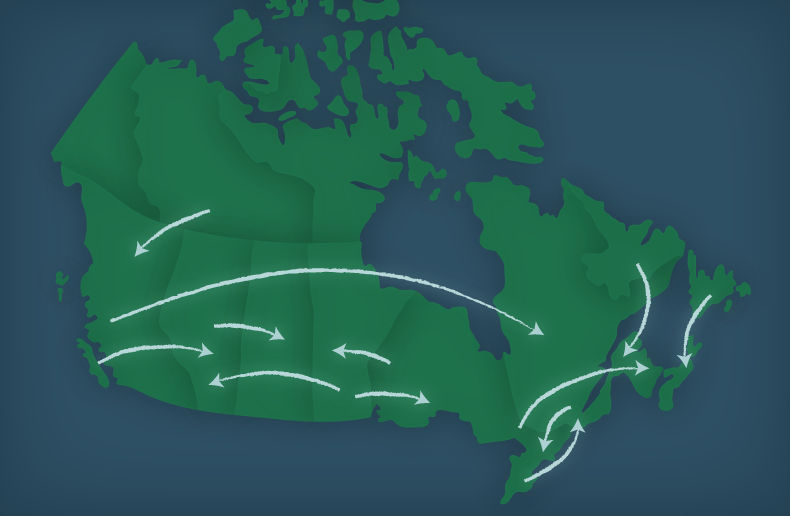Property and casualty (P&C) and life annuity insurers in Canada posted solid underwriting results in 2021, says ratings agency AM Best. The firm says it is maintaining its stable market segment outlook for the industry, but notes that the Canadian economy will face headwinds in 2022.
The country’s P&C insurers posted a combined ratio in 2021 of 86.3. Net income jumped by 76 per cent to $8.3 billion. “Pre-tax operating income increased by over 100 per cent,” AM Best’s researchers write. “Net underwriting performance was the most profitable year of the past five years. However, we expect this trend to moderate somewhat in 2022.”
The report, Canada Insurance: Favorable Results in 2021 Despite Pandemic, examines the impact current economic conditions are having on the country and the industry and looks at commodity markets and housing markets before diving deep into the reasons behind the firm’s decision to leave the market segment rating unchanged.
In P&C, they say the industry remains resilient, with good underwriting performance and solid risk adjusted capitalization throughout 2021. Headwinds include environmental sustainability – a growing focus for all constituents – equity market declines, inflation, weather related concerns and broker consolidation. “However, P&C insurers have generally adapted their risk management and business strategies in response to these challenges. As a result, AM Best’s outlook on the segment remains at stable.”
Factors which contributed to the agency maintaining that rating include three years of operating performance improvement, increases in underwriting profits and the continued expansion of distribution partnerships despite growing consolidation of brokers and carriers.
“Canada has navigated the challenges presented by the COVID-19 pandemic for the last two and a half years reasonably well and P&C insurers have persevered in this unprecedented environment,” they write, adding that insurers in the P&C industry remain well equipped from a capital and liquidity perspective. “Insurers will need to remain active participants to continue to evolve to meet market, climate risk, and social challenges over the near and longer terms.”
The firm says financial performance benefited from four years of improving operating results, with growth of net premiums and underwriting gains for the majority of the industry.
It goes on to examine underwriting performance challenges – insured losses from catastrophic events topped $2 billion – and offsetting factors, namely the decline in frequency in the auto segment because of continued lockdowns. “Driving still remains below pre-pandemic levels, which may be attributable partly to hybrid work schedules,” they write. “Underwriting results will be challenged as driving patterns continue to normalize.”
Finally, in looking at mergers and acquisitions (M&A) activity, they cite Insurance Bureau of Canada statistics indicating that 15 per cent of the industry may consolidate over the next few years, driven by the need for scale and technology investments. Broker consolidation is also expected to grow at a rapid pace in 2022, possibly exceeding the 2019 record of 40 M&A deals.
The report on P&C insurers concludes with a look at International Financial Reporting Standard 17 (IFRS 17) analysis, saying Canada’s P&C insurers have indicated that they are generally ready for implementation. “Based on its discussion with companies, AM Best believes the impact on the P&C segment will be modest overall.”







